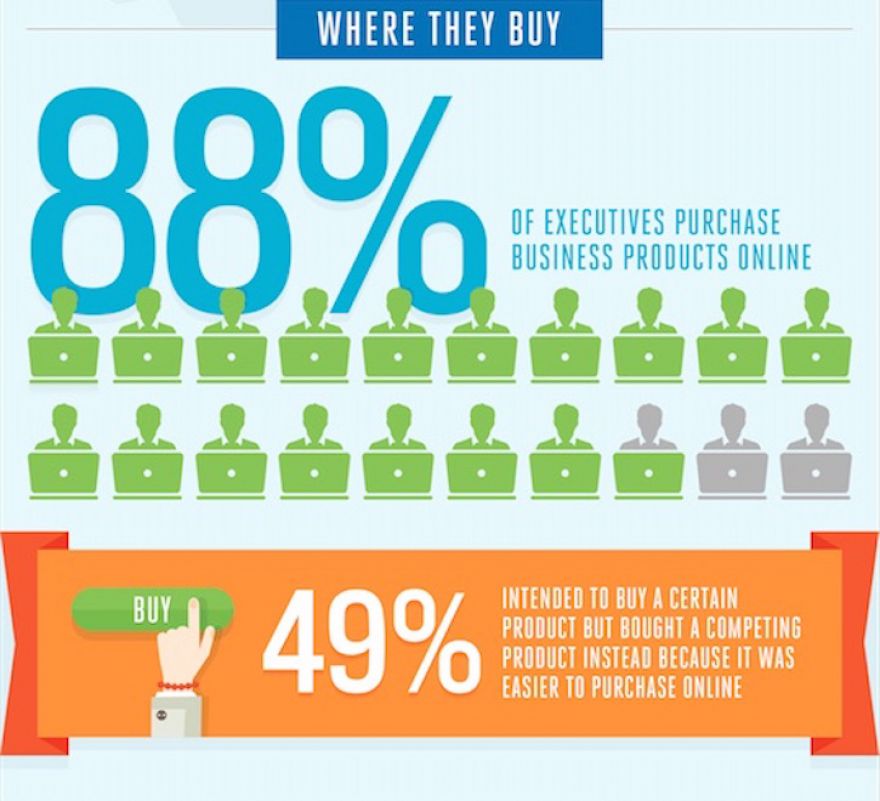We got a chance to speak with the principal and executive director of strategy, Jennifer Meyers, who gave us a better sense of what brands can do to ride this growth curve – touching upon everything from buyers and products to analysis and mobile.
Bm: What do these stats mean for marketers looking to reach these B2B buyers?
Jennifer Meyers: Traditional B2B marketers need to pay close attention to what buyers are seeking and asking for, such as product demos and unfiltered reviews. Ultimately, much is going to come down to making the experience for a buyer as easy and seamless as possible. For so long, the salesperson has been the filter between the buyer and the product in the more complex transactions, but more and more buyers in all areas want to do research on their own and will only interact with someone at the company if they have complex questions.
RELATED: How Brands Can Squeeze More ROI from Big Data
Bm: What are some clear points of efficacy when developing a strategy for driving online B2B sales?
JM: First, empower the buyer with as much information about the product or service as you can. Then, make it easy for the customer to understand how each product or service is connected across product divisons. And remember to help customers understand your overall expertise in an area that will lead them to a purchase. For example, a company that sells industrial carpeting to buildings also offers design, installation and protection services — that wouldn’t be apparent to a potential customer visiting their website for the first time. The online B2B sales strategy should aim to connect those dots for the customer.
Bm: Where do you see the B2B industry excelling in this regard and where do you see it lagging behind?
JM: The B2B industry has traditionally been quite good at clearly highlighting functional product information. Where the industry often lags is in its ability to adapt to new market dynamics and business models. For instance, the online world will render many sanctified territory and distribution agreements irrelevant. And as the distinctions between traditional B2B and B2C buying behaviors disappear, the brands that are able to package their knowledge into services that support the product will rise in importance as they will be the customer’s go-to for support post-purchase.
Bm: How can brands become better key influencers in the B2B buying process? Is affinity involved or is it more about price/accessibility?
JM: Price and accessibility will of course be critical drivers. All being transparent and equal, affinity will also play a role, but it will be redefined. Being ‘easy to do business with’ will take on new meaning as more and more business is conducted online.
SEE ALSO: Luxury Branding: New Creative Expressions for New Retail Futures
Bm: Where does mobile come in and what role does it play? How do you see this evolving in the near future?
JM: Like any businesses, traditional B2B companies need to meet customers where they are and empower them. It used to be enough to have a digital presence – not anymore. Companies need to optimize their mobile experiences to reflect the way in which customers want to conduct business, just like they do for consumer purchases. If they don’t, someone else will.
Good point and one that Google probably agrees with…
PS. Here’s the infographic in its entirety:












